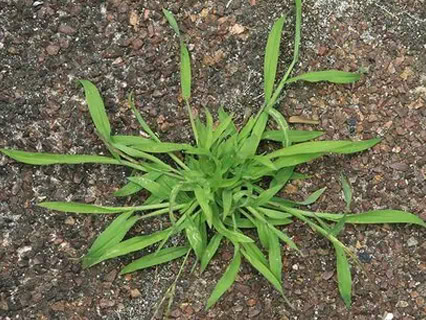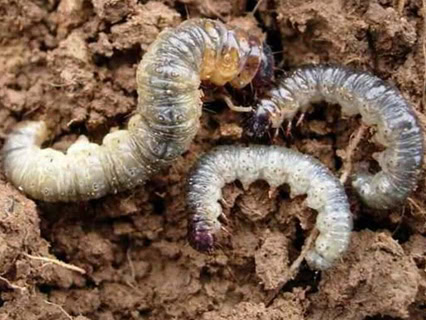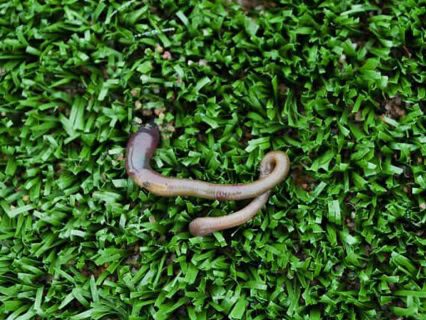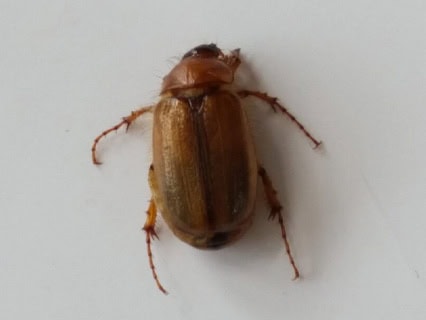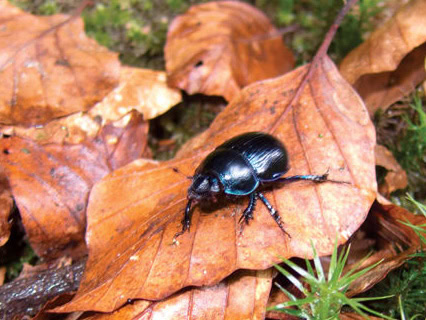In New Zealand, we have some of the best growing conditions for lawns as well as weeds, and even the best-tended lawns come under attack from common weeds. Weed seeds float in on the wind, and are endemic in our soils. How well your lawn copes with the onslaught depends on the weeds involved, and the time of the year. In days gone by soil could be sterilised using formaldehyde or methyle bromide, but obviously that is no longer advised as there are very toxic. Weed germination is always expected in new lawns and we have limited ability to control weed germination. Broadleaf weeds are easily removed and we use herbicides such as Lawnkleen and Victory Gold.
In a newly established lawn broadleaf weeds are easy to control once the lawn has been mowed at least 4 times.
It is not advisable to spray chemicals when your lawn is under heat stress or conditions are cold and frosty.
Weed germination is always expected in new lawns as we have limited ability to control weed germination.
Weeds are easy to remove and we use a herbicide.
